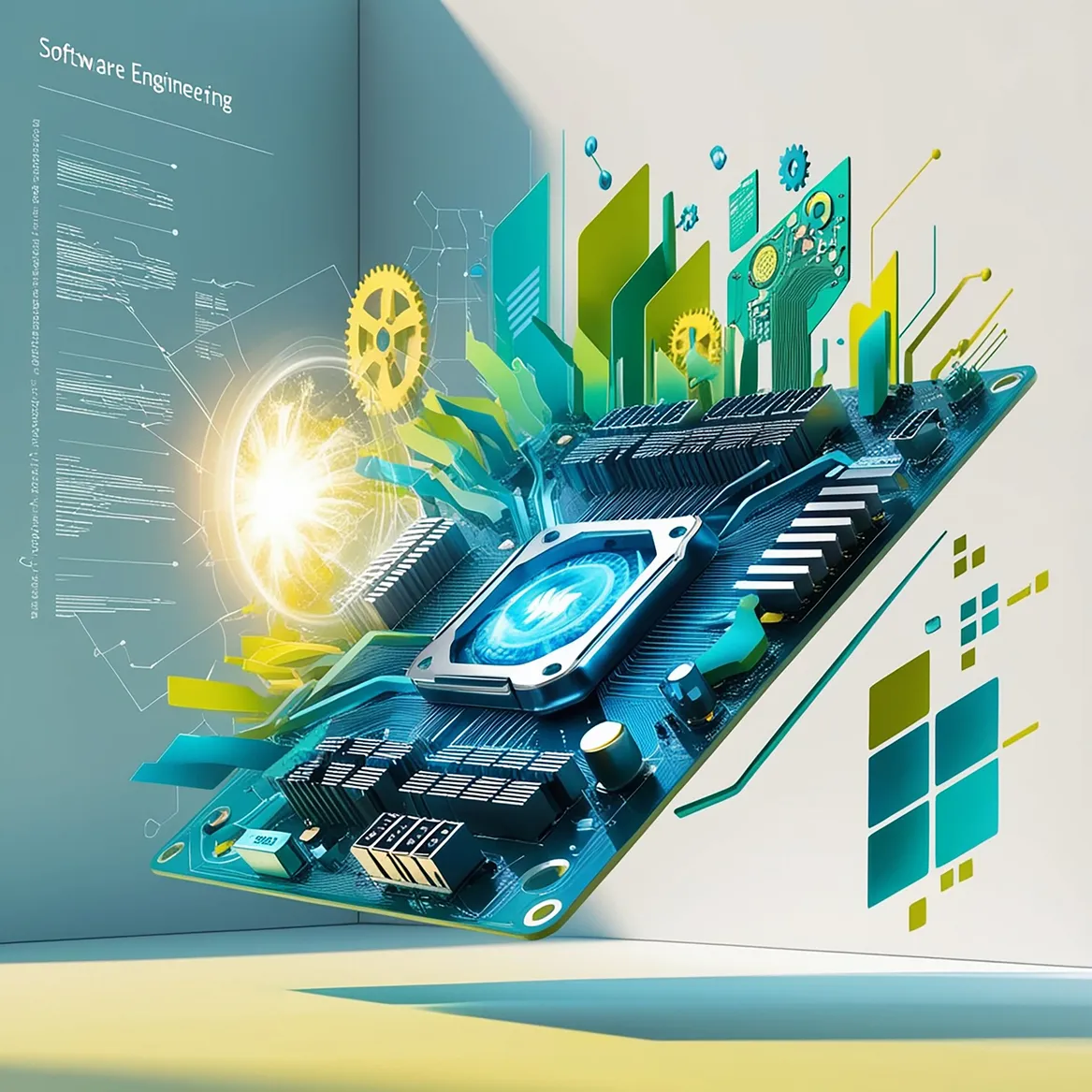In the last 10 years, we have witnessed changes in software development that have redefined the ways developers build, test, and deliver applications. Old practices have been replaced by more efficient tools and processes, making development faster, more flexible, and easier to manage. Let’s explore the major shifts, illustrating how each change has shaped the field.
1. From On-Premise Servers to Cloud Computing

On-Premise Servers for Cloud Computing
Ten years ago, deploying software required physical servers. Teams would purchase hardware and set up data centers to host their applications, which involved high upfront costs and time-consuming maintenance. Scaling was particularly difficult, as adding new servers took days or weeks.
Today, people have moved towards cloud computing with services like AWS, Google Cloud, and Azure. Companies no longer need to own hardware; instead, they lease computing power that can scale instantly. The ability to add resources with a few clicks has made deployment quicker and less costly, allowing even small startups to reach a global audience.
The cloud has also enabled continuous integration and deployment, leading to faster updates and improved user experiences. Software releases, once spaced months apart, can now happen weekly or even daily.
2. The Shift from Monolithic to Microservices Architecture

Microservices Architecture
A decade ago, software systems were typically built as monolithic applications. This means all components were interconnected, operating as a single unit. If one part failed, the whole system could go down. Furthermore, updating any feature required redeploying the entire application, which was risky and time-consuming.
In recent years, some changes in software development have been made. We witness the introduction of microservices, where people divide applications into smaller, independent services. As a result, each microservice can be updated or scaled separately, reducing the risk of system-wide failures. For example, if a payment service in an e-commerce platform needs an upgrade, it can be updated without affecting other services like inventory or user authentication.
In short, the shift to microservices has facilitated the adoption of agile development practices. Teams can now work on different features simultaneously, speeding up the development process.
3. JavaScript’s Evolution: From a Front-End Tool to Full-Stack Development
Back in 2013, JavaScript was mainly used for front-end interactions, making websites more dynamic. Backend tasks were handled by other languages like PHP, Ruby, or Java. The roles of front-end and back-end developers were distinct, often requiring separate teams with different skills.
The innovation in software development over the last decade has transformed JavaScript into a full-stack language. With the emergence of Node.js, JavaScript can now be used on the server side, allowing developers to work across the entire stack. This has streamlined development processes, as developers can use a single language for both front-end and back-end tasks.
Moreover, modern JavaScript frameworks like React, Angular, and Vue.js have simplified the building of complex web applications. This evolution has made JavaScript more appealing to developers, encouraging a unified development approach.
4. The Rise of DevOps and Automation
A decade ago, development and operations teams operated in silos. Developers wrote code, while operations managed deployments. Manual testing, building, and releasing processes often resulted in delays, and troubleshooting production issues could take hours or even days.
With the evolution in software development, DevOps practices now integrate development and operations, promoting collaboration and automation. CI/CD pipelines have automated the process of testing, building, and deploying code, leading to shorter release cycles. For example, tools like Jenkins, GitLab CI, and CircleCI help automate workflows, ensuring that updates are thoroughly tested before deployment.
DevOps has not only sped up the release process but also improved software quality by catching errors early. Furthermore, this approach has made deployments more predictable and less prone to issues.
5. The Evolution of Databases: From Relational to NoSQL

NoSQL
For many years, relational databases like MySQL and PostgreSQL were the primary choice for data storage. They worked well for structured data but struggled with scaling and handling unstructured data. As applications grew more complex, developers sought more flexible database solutions.
The changes witnessed in software development have led to the adoption of NoSQL databases like MongoDB, Cassandra, and Redis. These databases can store unstructured data and scale horizontally across multiple servers. For instance, social media applications that manage different types of content (text, images, videos) find NoSQL databases more suitable for their needs.
NoSQL’s ability to handle large data volumes and flexible schema designs has enabled developers to build more dynamic and scalable applications.
6. AI and Machine Learning Integration

Ten years ago, integrating AI or machine learning into applications was limited to large companies with specialized teams. Most developers didn’t have the resources or tools needed for AI development. It was considered a complex task, often requiring deep expertise.
Now, changes witnessed in software development have made AI and machine learning more accessible. Tools like TensorFlow and PyTorch allow developers to integrate intelligent features into applications, such as chatbots, predictive analytics, and image recognition. For instance, e-commerce platforms can use AI to personalize product recommendations based on a user’s browsing history, enhancing the shopping experience.
This integration of AI has not only added new capabilities to software but has also enabled developers to build more user-centric applications.
Looking Back and Moving Forward
The changes witnessed in software development over the past decade have completely transformed the field. From cloud computing to AI integration, each shift has made software development faster, more flexible, and more efficient. As the industry continues to evolve, staying ahead of emerging trends will be essential for developers looking to adapt to the next wave of technological advancements.
Learn more about Software Development Trends in 2024 here






